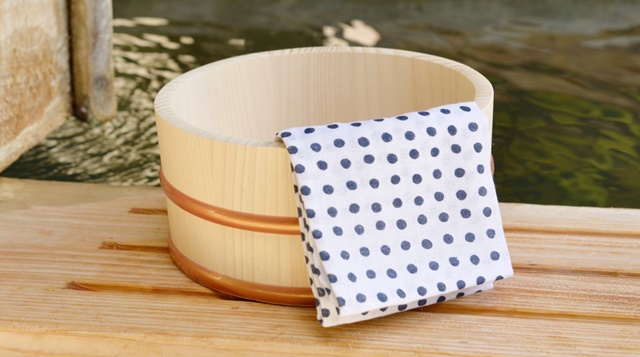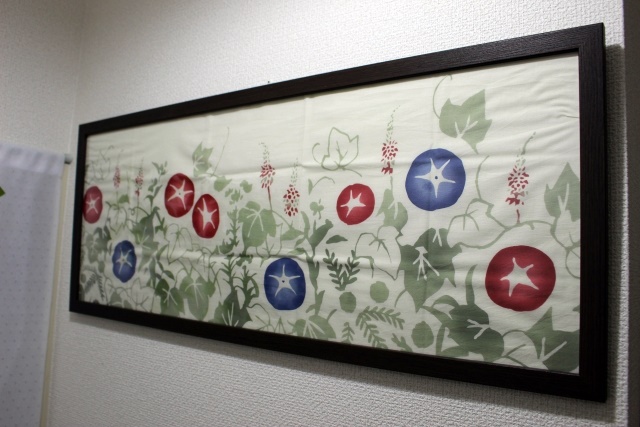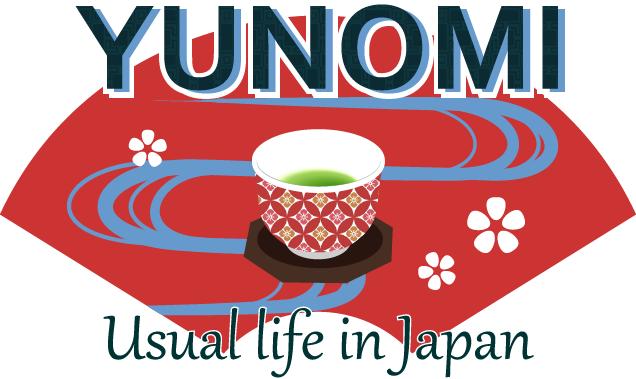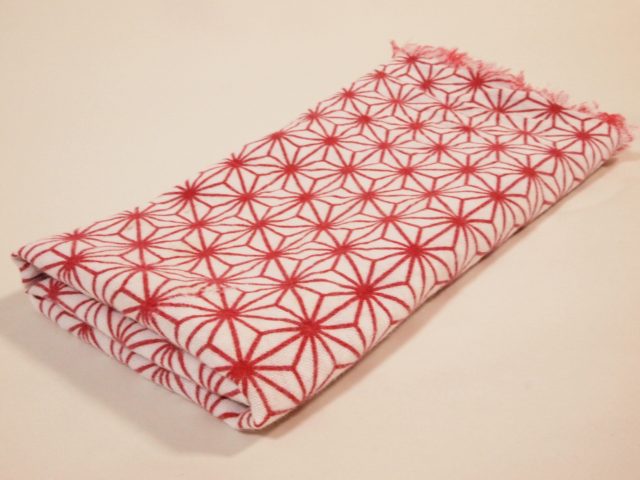Have you heard of a 'Japanese style hand towel'? It's called ‘Tenugui' which means ‘hand wipe'.
It's a simple and thin cotton sheet about a size of 90cm x 35cm.
Unlike western towel which is made from terry cloth, Tenugui is just rough, plain-woven fabric. Both ends are intentionally left un-hemmed to allow it to dry faster for hygienic reasons.
In most of the households today, Tenugui is seemingly almost replaced with modern towels in regards to the use of bathing and considered obsolete.
However, there's no alternative of Tenugui in some traditional areas.
For instance, ‘Kendo' practitioners need Tenugui as a headband; it absorbs sweat and cushions for the head against a bulky face shield.
In traditional festivals, it serves as a decoration or dressing pieces like a head or face cover, or as a belt.
I can recall my grandmother used to cover her head neatly with a Tenugui not to get dusted when she cleaned the room.
Designs of the Tenugui
For modern people, Tenugui would be seen attractive much because of their simple yet creative patterns. Tenugui almost always comes patterned.

Common patterns as seen in traditional designs are usually bold and abstract, and single-colored. Polka-dot pattern is also one of the classics. Most typically the design is colored in navy on white background, or vice-versa.

Tenugui of this age comes multi-colored with uncustomary patterns. They are beautiful to be framed and would work well as a tea towel.
When I went to a Tenugui shop in Tokyo, I was fascinated by the variety of patterns that were traditional yet modern, unique, and classic. The art on a simple cotton fabric that you can bring into your daily life.



